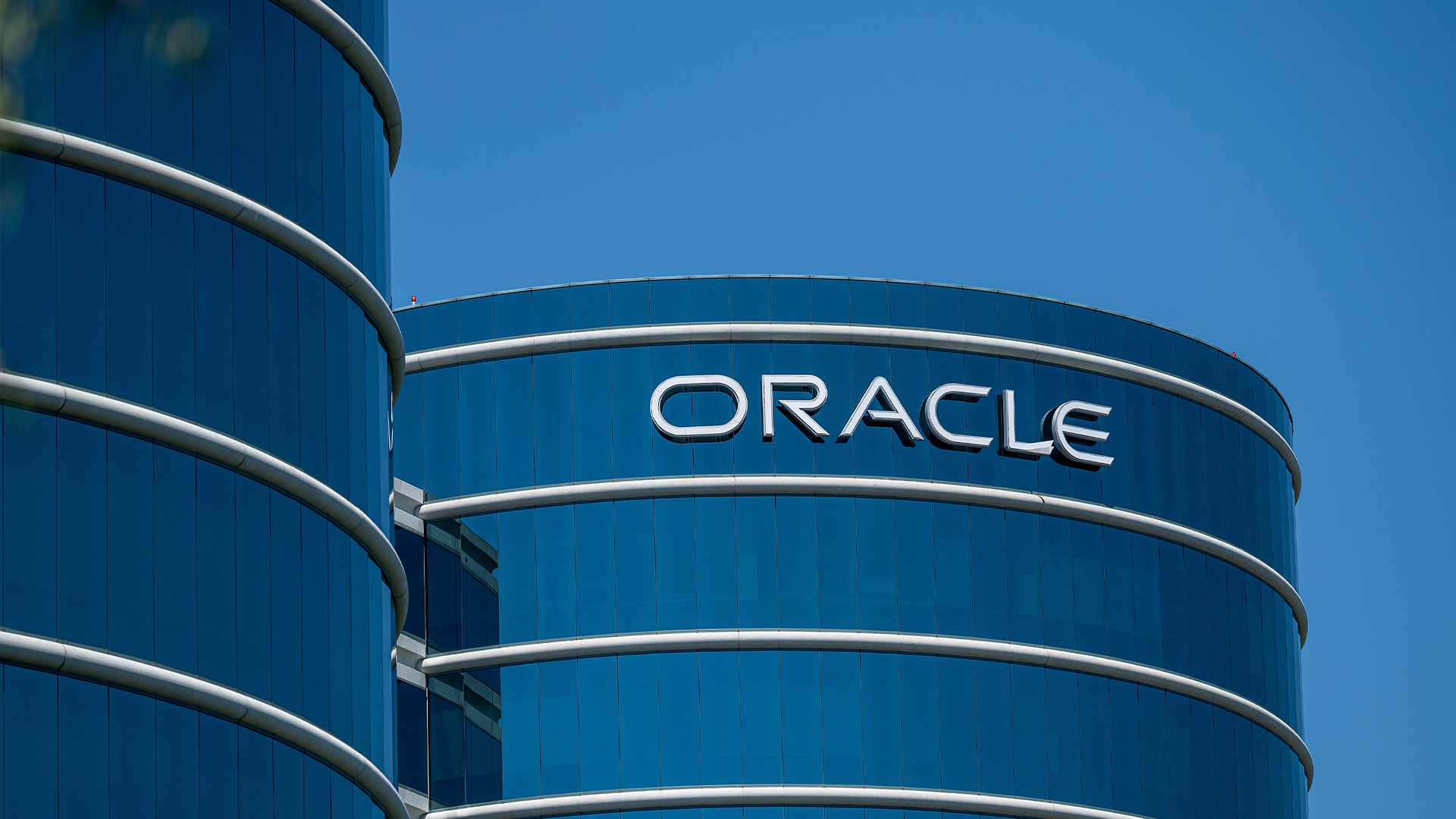Red Hat adds management features to open source oVirt 3.5 offering
Virtualisation management tool now includes live merge and storage domain importation


An updated version of oVirt, Red Hat's open source KVM management tool, has been released with added features to help customers better manage the lifecycles of virtual machines and storage domains.
The latest community release features improvements to its Live Merge tool. If an image has one or more snapshots, oVirt 3.5's merge command will combine the data of one volume into another.
Live merges can be performed with data pulled from one snapshot into another snapshot. The engine can merge multiple disks at the same time and each merge can independently fail or succeed in each operation.
The latest release also expands support for importing an existing data storage domain. Based on information stored in the storage domain, oVirt can revive entities such as disks, virtual machines, and templates in the setup of any datacentre to which the storage domain is attached.
The tool also adds the capability to provision and add hypervisors to oVirt from bare metal using Foreman, which is a complete lifecycle management tool for physical and virtual servers.
Through integration with configuration management, DHCP, DNS, TFTP, and PXE-based unattended installations, Foreman manages every stage of the lifecycle of physical or virtual servers. Integrating Foreman with oVirt helps add hypervisor hosts managed by Foreman to the oVirt engine, according to Red Hat.
Other improvements to the tool include authentication, authorisation and accounting support, a new PatternFly-based interface, and the inclusion of an optimiser tool for integration that will guide users on how to reduce resource fragmentation.
Get the ITPro daily newsletter
Sign up today and you will receive a free copy of our Future Focus 2025 report - the leading guidance on AI, cybersecurity and other IT challenges as per 700+ senior executives
The enhanced self hosted-engine now supports iSCSI storage as requested by the community. oVirt 3.5 will also feature JSON-RPC support for message-based communication, as well as a new oVirt appliance that can be launched in an existing virtual machine manager as a complete oVirt machine, ready for operation.
"It is great to see yet another feature-packed version of oVirt being released. We added both advanced features like Foreman bare-metal deployment and Optaplanner scheduling improvements, while also keeping an eye on ease of deployment like virtual appliances for the Engine and Neutron components of oVirt," said Itamar Heim, director of software engineering at Red Hat. "Most of all I'm happy to see more companies using and providing solutions and services around oVirt, like Wind River and Nimbus Concept."
Rene Millman is a freelance writer and broadcaster who covers cybersecurity, AI, IoT, and the cloud. He also works as a contributing analyst at GigaOm and has previously worked as an analyst for Gartner covering the infrastructure market. He has made numerous television appearances to give his views and expertise on technology trends and companies that affect and shape our lives. You can follow Rene Millman on Twitter.
-
 CISA issues warning in wake of Oracle cloud credentials leak
CISA issues warning in wake of Oracle cloud credentials leakNews The security agency has published guidance for enterprises at risk
By Ross Kelly
-
 Reports: White House mulling DeepSeek ban amid investigation
Reports: White House mulling DeepSeek ban amid investigationNews Nvidia is caught up in US-China AI battle, but Huang still visits DeepSeek in Beijing
By Nicole Kobie